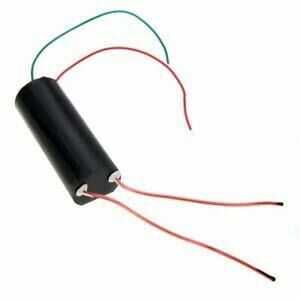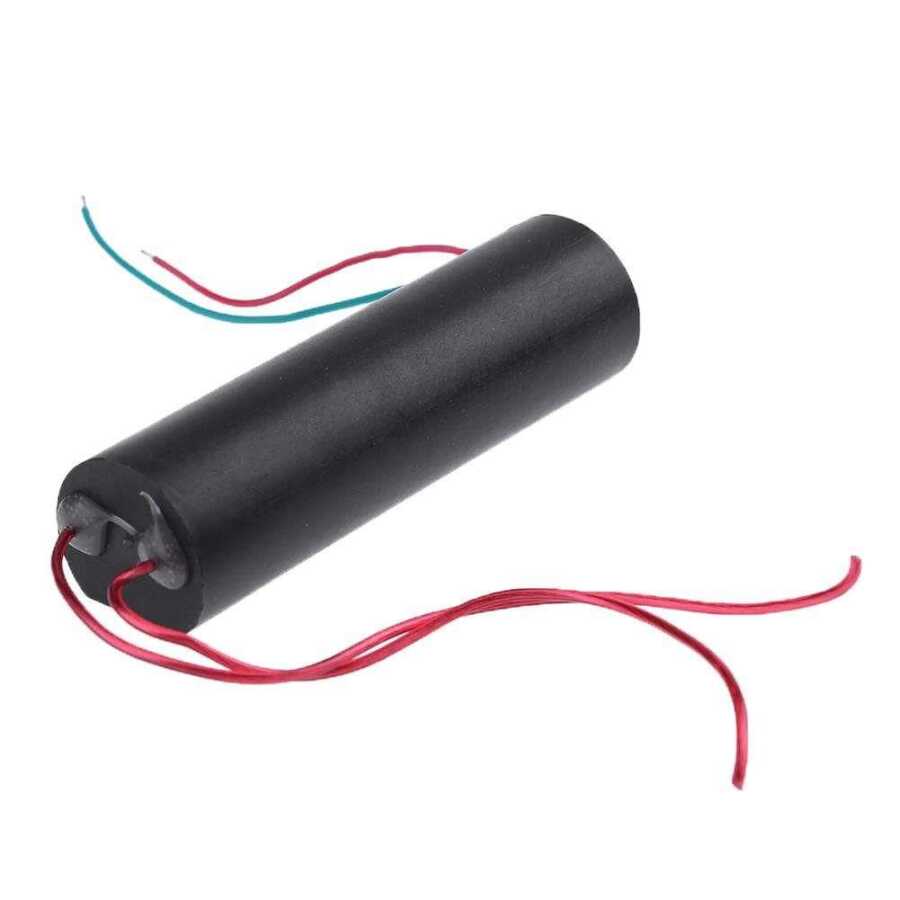What is an Arc Generator Ignition Coil?
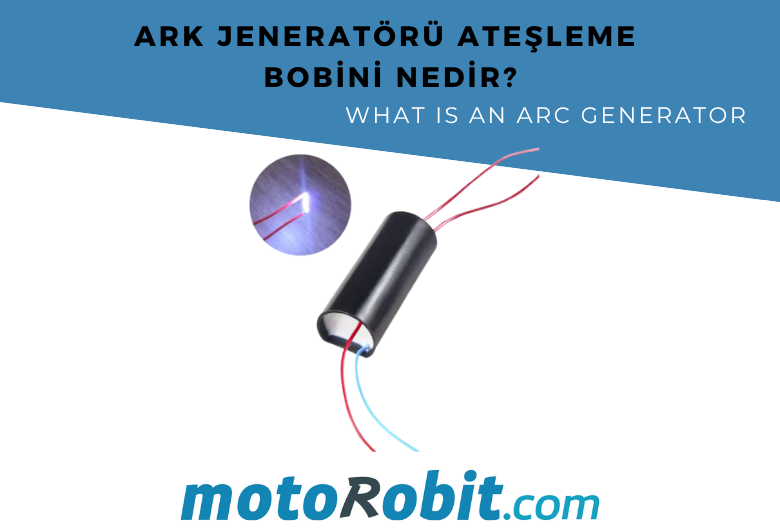
An arc generator is a device that produces an electrical arc (intense spark), generating high-temperature plasma or ignition. It delivers a high-voltage electrical discharge for a short duration.
Where Is It Used?
- Ignition Systems
- Produces sparks to ignite flames in gas-burning systems (e.g., stoves, ovens, burners).
- Plasma Generation
- Used in small plasma experiments or ionization-based projects.
- Hobby Electronics Projects
- For Tesla coils, high-voltage visual effects, or spark-generating experiments.
- Mini Welding or Burning Experiments
- Ignites flammable materials such as paper or plastic for test purposes.
Typical Features
- Input Voltage: 3.7V–12V DC
- Output Voltage: 10kV–20kV AC spark
- Activation: Can be triggered via push button or transistor
- Some models include: Flame sensor, auto cutoff, safety circuits
Safety Considerations
- It produces high voltage. Touching the output may cause electric shock.
- Always use insulated cables and avoid bare-hand contact.
- Exercise caution when working near flammable gases.
- Prolonged operation may cause the unit to overheat.
Below are three popular arc generator models available on our website:
Motorobit Arc Generator – 400 kV
- Input Voltage: 3.7–5 V (Supports 18650 battery)
- Output Voltage: ~400 kV, 1.5–2 cm arc distance
- Applications: Simple spark experiments, hobby use
Motorobit Arc Generator – 1000 kV
- Input Voltage: 3.7–5 V
- Output Voltage: 800–1000 kV, 1.5–2 cm arc distance
- Applications: Automotive ignition, cutting/welding tests, scientific projects
Motorobit Arc Generator – 15 kV
- Output Voltage: ~15 kV — compact and safer for entry-level use
- Advantages: Smaller size, lower risk, beginner-friendly
Basic Integration Example (400 kV Model)
Required Components:
- Arc generator (400 kV)
- 18650 battery + holder
- Trigger button and 100 kΩ resistor
- Insulated wires and terminal block
Blog Latest Additions
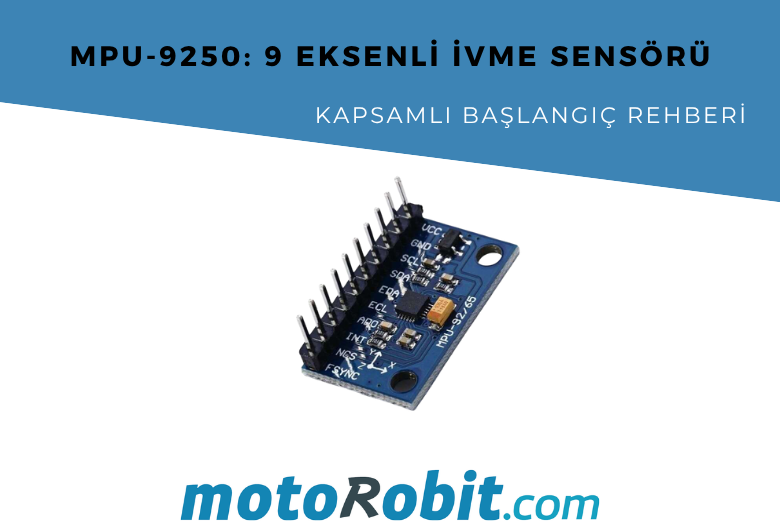
MPU-9250: 9-Axis Acceleration Sensor - A Comprehensive Beginner's Guide
28.10.2025

What is ULN2003 ?
13.10.2025
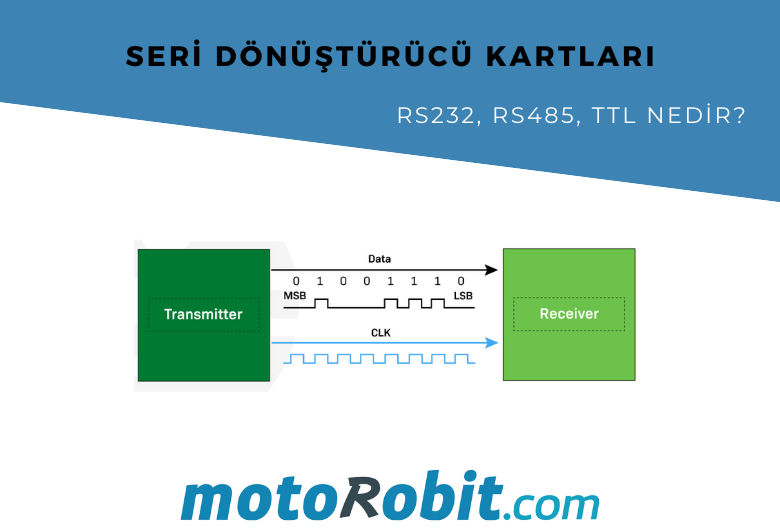
What are Serial Converter Cards (RS232, RS485, TTL)
16.09.2025

What is Peltier and What is its Working Principle?
30.08.2025

Arduino UNO vs Nano vs Mega – Which Should I Choose?
23.07.2025

How to Choose a Solid State Role?
23.07.2025
.png)
